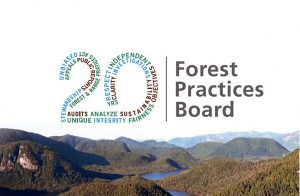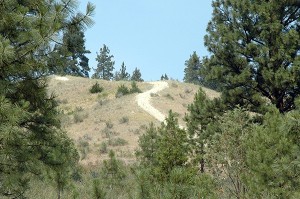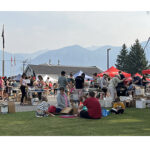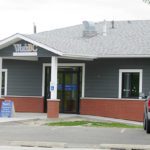Home »

Threats remain to East Kootenay rangeland
A recent Forest Practices Board special report examines the actions implemented by government and others to improve rangeland in the East Kootenay and finds progress is being made.
 While there is progress, the investigation identified a number of issues that threaten this progress and the sustainability of rangelands over the longer term.
While there is progress, the investigation identified a number of issues that threaten this progress and the sustainability of rangelands over the longer term.
These threats include: Forest ingrowth into previously restored rangelands; spread of invasive plants, which displaces plants suitable for grazing; and site disturbance from industrial activities and off-road recreational vehicles.
“This report highlights challenges that are complex and difficult – challenges that will require time, financial commitments and long-term co-operation by government, forestry and ranching industries, hunters and recreational users of these lands,” said Forest Practices Board board chair Tim Ryan. “In some cases, the solutions may require compromises in land use.”

“At the same time, we are pleased to see that government is demonstrating leadership in its management of East Kootenay rangelands,” Ryan said. “Government staff are actively working to address rangeland issues in collaboration with a dedicated group of stakeholders, and the board encourages continued support for their efforts.”
Actions implemented by government and stakeholders in recent years include reducing the number of cattle permitted to graze on public rangeland, reducing the elk population through hunting, and removing forest in-growth to restore the original grasslands in the Rocky Mountain Trench.
The Forest Practices Board is B.C.’s independent watchdog for sound forest and range practices, reporting its findings and recommendations directly to the public and government. The board can investigate and report on current forestry and range issues and make recommendations for improvement to practices and legislation.
e-KNOW







